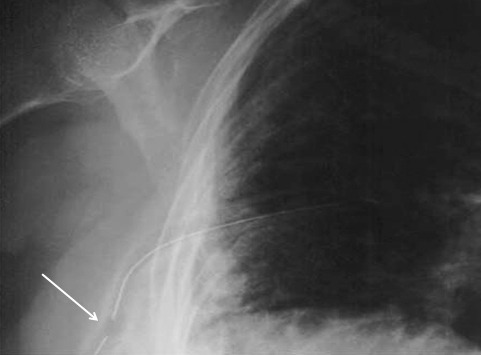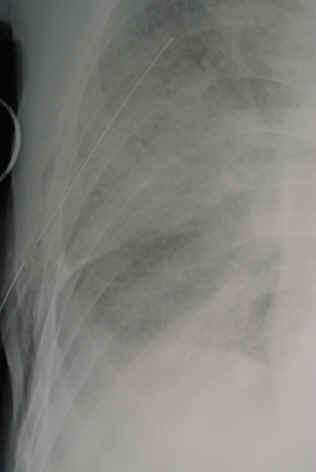The Eastern Association for the Surgery of Trauma annual meeting starts in just 2 weeks! Keeping to tradition, I’m going to start reviewing some of the more interesting (to me) abstracts to be presented at the meeting and sharing my thoughts with you.
There are 33 regular abstracts and 17 quick shot abstracts to be presented. I’m going to focus on the regular abstracts, since there will be an opportunity to question the authors (hopefully) at the virtual meeting. Quick shots are a very brief presentation only.
Let me share how I process a batch of abstracts like this. First, I capture the pdf file with all the abstracts and open it in a pdf markup program. Adobe Reader or Acrobat have basic capabilities, but I prefer a more full-featured product so I can scribble notes and stuff on it.
Now, I go through the file looking at titles. Keep in mind I am a clinical trauma surgeon. So right off the bat I will pretty much discard any bench type research. No matter how interesting it may sound, it will be years before it may (or more likely won’t) be clinically relevant. Invariably, I will pay no further attention to these.
If the title, suggests it is an animal study, I may consider it. But probably not. The research idea had better be a very interesting or intriguing one that should definitely stimulate further thought and research. If it’s just making an incremental advance, there won’t be any clinical relevance to humans for a few more years. There are some REBOA abstracts in the current batch that fall into this category. I do keep the research concept in my mind for future consideration when I see related papers, but for now I ignore.
Now, I am left with mostly clinically relevant papers. As I read the title I ask myself:
- Did I know this already? If I did, I read the intro and conclusion to see if this abstract adds anything different to what I thought I knew. If it does, I’ll read the whole thing and analyze it. But most of the time, there is not enough novelty to keep me interested.
- Is this truly something new and different? This is a very unusual occurrence. Most work adds incrementally to previous research. But if it really is new and different, I will latch onto this and read it in great detail.
- Might it refine our approach to certain clinical problems? Could we improve the usual way we take care of our patients? These are of great interest to me. However, remember that no single paper (or certainly abstract) should ever make you change your practice. There are so many exciting things that have been published exactly once that don’t just pan out. Beware the one-hit wonder. And unfortunately, you don’t know it is one until months or years later when the concept has been disproven or no one else has been interested enough to duplicate it.
- Have the authors used a new approach to tackle a problem? Exploring a new way to look at a specific problem may be generalized to other problems as well. So in this case I will forgive a boring or already known result so I can scrutinize a new research tool.
By now, I’ve cut the number of abstracts roughly in half. That’s still too many to write about. So finally, I have to narrow down the field by ranking in order of my interest level. I fully recognize that my interests will not be necessarily be perfectly aligned with yours. But I do know my audience, and most of you share the same areas of curiosity. Unfortunately, some good abstracts will be ignored. But there is one thing you can do: look over the abstract collection yourself and let me know about specific abstracts you would like to see discussed! I am happy to oblige.
So beginning tomorrow, I’ll post the most interesting EAST abstracts in program book order. I’ll provide the author’s description and my analysis. I will also list some questions that I (and probably you) have that the authors should consider. I always make a point of notifying the authors each day when I post about their abstract so they can study the questions and potentially address them in their virtual presentation.
And as always, if you have questions, suggestions, or abstracts you would like discussed, just reply here or on Twitter. I hope to “see” you at EAST!


